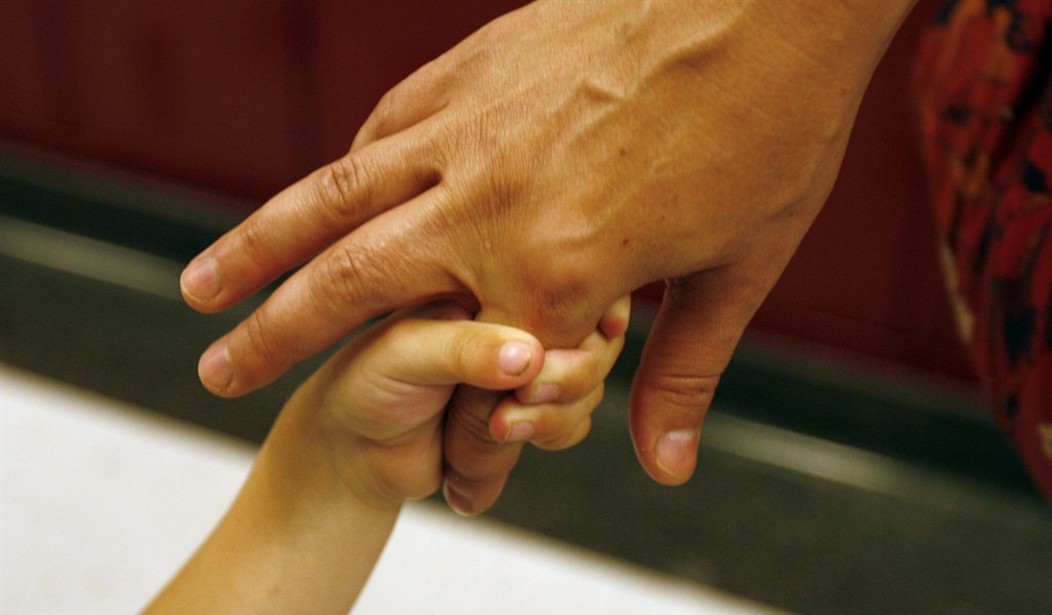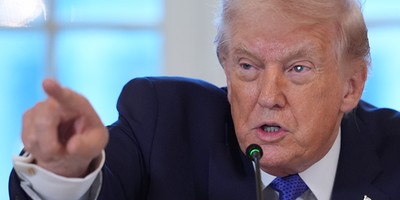There is an abundance of evidence that the education system is failing far too many American children. Academic performance has, at best, remained stagnated for years. Scholastically speaking the familiar chant of, "We're Number One" – seemingly embedded in American's DNA for generations – has been replaced with "We're just average – and sliding backwards."
Results of a 2012 international academic assessment of 15 year olds released last Tuesday indicates that as compared to 65 other developed nations, the U.S. is barely average for reading skills and below average for math and science proficiency. More alarming, American kids are falling farther behind their international competitors.

As the chart above courtesy of the AP indicates, American students ranked 24th in reading, 28th in science, and 36th in math. U.S. students barely achieved the average score of all participating nations in reading, while scoring below average for math and science. Compared to the 2009 rankings, the U.S. slipped seven places downward in reading and five places in math and science. (Graphic of all results here)
The Program for International Student Assessment (PISA) is a global study conducted by the Organization for Economic Co-operation and Development (OECD) among member and non-member "partner" nations to assess performance in reading, math and science. The test, first performed in 2000 and repeated on three year intervals, is conducted among 15 year old students with a goal of improving education policies and outcomes. The 2012 test included 510,000 students from 65 nations.
East Asian countries dominated the 2012 results by taking 7 of the top 10 spots in math, and 6 of 10 in reading and science. Vietnam, participating in the test for the very first time, ranked 8th (528) in Science, 17th (511) in Math, and 19th (508) in Reading, significantly out-performing the U.S.
Recommended
Arne Duncan, Secretary of Education for the Obama Administration, called the disappointing results "a picture of educational stagnation." The cure, according to Duncan, was for the U.S. to "invest" more.
Academic achievement in the U.S. has been stagnant at best for decades in spite of endless local, state, and national "reform" initiatives usually aimed at increasing the "investment" in the same system that has produced these stagnant results.
If more money were the solution, American students should be fairing much better. As the PISA report summarizes, "While the U.S. spends more per student than most countries, this does not translate into better performance." For example, the Slovak Republic, which spends less than one-third as much in U.S. dollar equivalents per student, "performs at the same level as the United States," according to the PISA critique.
While the words "education" and "reform" have almost universally appeared together for decades – as in, You can't have one without the other – many nations have taken on the challenge of actually addressing reform far more successfully than has the United States.
According to Andreas Schleicher, OECD Deputy Director for Education and Skills, where reform centered on improved student performance – not just spending more on the same broken system – "strong results" have followed. Israel, Brazil, Turkey, Mexico, Portugal, Italy, Poland, Germany, and Greece were all commended for significant improvement in the PISA report.
The "Key Findings" section of the PISA report for the United States is more disheartening. Following are excerpts with a link to the complete report here:
The under-performance of American education and resultant tragic sentencing of a significant portion of a generation of American children to a life of under achievement is an incalculable loss. Lost productivity, lost invention, lost earning potential, lost quality of life. It is impossible to quantify what might have been if…..?
What's different about the performance and improvements in so many other countries around the world? Few nations in the world can match the teaching facilities, equipment, staffing or collective financial resources of the United States. No one has suggested that foreign kids are somehow genetically superior to Americans.
It's cultural.
Until the America people decide our children's scholastic achievement is a higher priority than preserving a monopolistic labor system at any cost real reform won't happen. As Former Colorado Education Commissioner (1997-2007) and A Line of Sight contributing editor William Moloney explains in his fine feature (link to his article) in this issue, "Recent local elections and policy shifts in Colorado and across the nation are reflective of some worldwide trends in educational choice that are often unknown or ignored in the United States."
Moloney specifically highlights the global trend toward publicly funded independent schools (what we call "charter schools"). In a presentation to the Colorado State Board of Education in 2011 and a Policy Brief for the Centennial Institute Moloney also summarized numerous real reform efforts within and outside the U.S. that have yielded positive results.
The National Education Association (NEA), the behemoth and well-funded teachers union issued an "it's-not-our-fault" reply to the PISA results. "U.S. students won't rank higher on PISA until the nation properly addresses poverty and its effect on students," said Dennis Van Roekel, the NEA President.
No doubt, there are endemic challenges for children from low-income families, but aren't there poor families in China, Taiwan, Korea, Vietnam, Poland, Czech Republic, Russia, Portugal or Spain? Further, intimating that kids from less than a well-off household can't learn is worse than dodging the issue.
Moloney offers evidence that exposes the NEA's fallacious excuse:
"For those who wonder how well the phenomena of publicly funded independently governed schools can do in the U.S. it would be hard to find a better example than Harlem Success Academy (HSA) where overwhelmingly poor and minority students are enrolled strictly by lottery. No cherry-picking here!""While only 62% of New York City’s public school 3rd, 4th, and 5th graders passed their 2011 math exams, the HSA pass rate for math was 99% and for science 100%. Furthermore similar success stories can be found all across the United States despite continuing establishment opposition to charters."
As Moloney states, there is an abundance of other examples of the outstanding scholastic achievement of children the establishment system defines as "at-risk" for a variety of reasons. The common thread that runs through their personal turnaround stories of achieving success is an opportunity to break the bondage of the system. The defining word is "choice" – anathema to the teachers union and their progressive loyalists.
Indeed, Van Roekel implores policymakers and parents to treat the PISA results "with a healthy dose of skepticism." Dismal as the test scores are, the NEA President say, they are "certainly not proof that we need to accelerate voucher programs."
The parents in New York City are sending a different message than the NEA. The biggest problem for Success Academy is finding room for all the kids that want in. "The charter received 10 times as many applications for the 2012-2013 school year as there were open seats," according to an article praising the performance of the school in the typically establishment supporting Huffington Post.
The challenge is less that no one knows what to do to give our kids the educational shot they deserve and need, but the will to break outside of the well-defined and tightly controlled box and make each and every child the priority.

























Join the conversation as a VIP Member